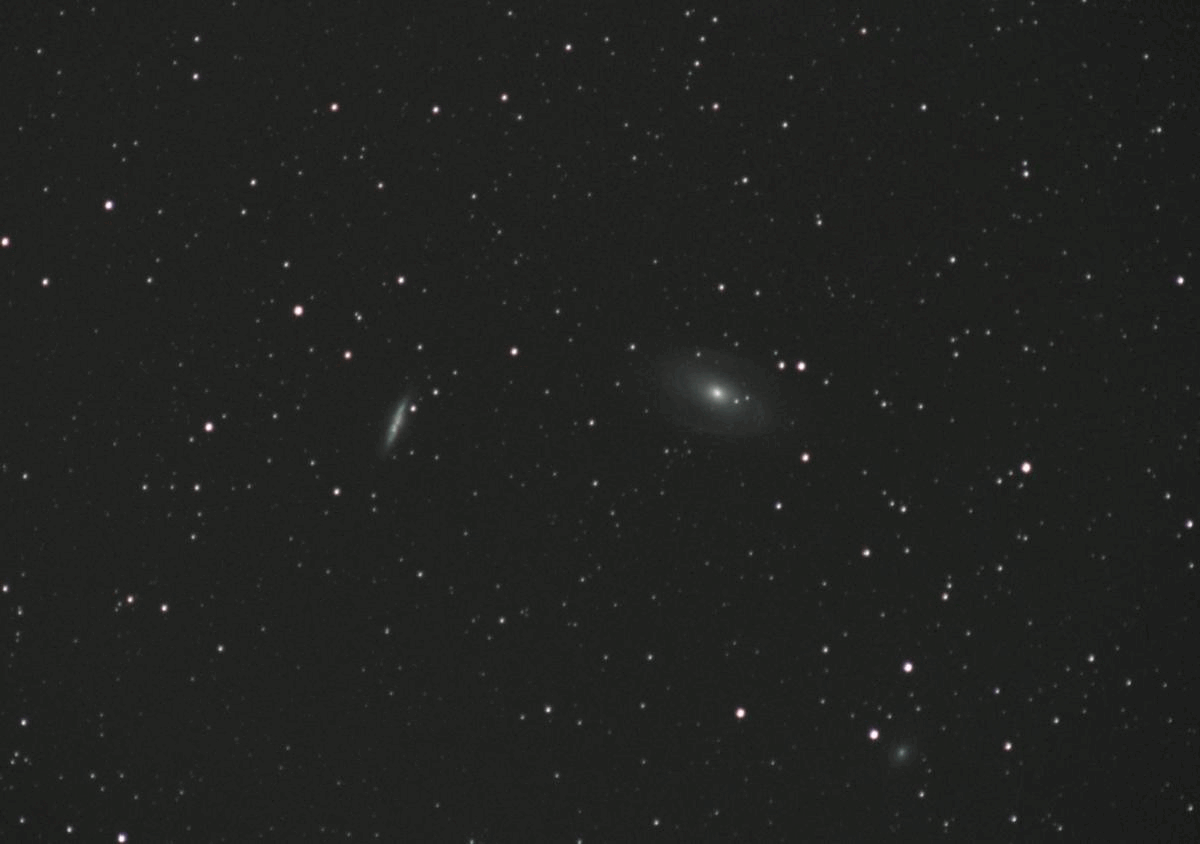Prove It...
I was raised Methodist, attended Episcopal and Baptist for a while but then decided that my faith was more spiritual than institutional and decided I needed to teach myself a thing or two... so, I read the Bible (cover-to-cover) taking notes and writing down questions... and discovered there was a lot of information that these religious institutions were omitting... at least not wanting to share with their congregations.
As part of my spiritual journey, I discovered that there were 12 major religions in the world today, so I decided to learn a little bit about each one of them... I also read the mythologies of countries all over the world, most of which formed the basis for their religious beliefs.
In all these religions and mythologies, I found similarities about:
- Creation
- God/gods
- Heaven/Hell
- Life After Death
- A Great Flood
- Virgin Birth
- Death of Savior
- Teaching Mankind
So... which religion is correct?
Or... are all of them correct?
Could God have given them a slightly different story based upon their location and circumstances?
As my self-education continued, I became involved with astronomy, cosmology, theoretical physics, quantum mechanics, string theory, and Stephen Hawking's theory of Spontaneous Creation... all of which underscored the overwhelming magic of our universe and how it it practically impossible for this type of detail to have arisen out of random chaos brought about by expansion from a big bang.
Since, I was not finding anything substantial on which to hang my spiritual beliefs, I got involved with a program entitled ANCIENT ALIENS... and, the more I watched that show, the more everything about which I was thinking made sense...
There is a God... and, there were gods... all of whom were extraterrestrials from another planet in another solar system in another galaxy and quite possibly from another dimention or even a parallel universe... we are not alone... and, when they came to visit us, and supply us with knowledge to grow our civilizations we began to think of them as a God or many gods...
Mankind is THEIR CREATION... we are even perhaps created or genetically modified in their image... these aliens or extraterrestrials altered our DNA to push us quicker along our evolutionary path... they gave some of us knowledge in the hopes that it would be shared with others like: Einstein, Tesla, DaVinci, Von Braun, and Turing among others who had knowledge ahead of their time.
What really strikes me and sometimes causes chills to race inside me is when I think about what Jesus said to Pilot: "My Kingdom is not of this world." How profound is this? Obviously, the world about which he was speaking was EARTH... so where is his kingdom?
- Another Planet?
- Another Solar System?
- Another Galaxy?
- Another Dimension?
- Another Universe?
Why haven't any of our ministers, priests, pastors, or other members of the clergy explained this kingdom of his in terms that made some kind of logical sense other than saving, he was talking about heaven...?
Don't they owe us that much courtesy?
SO... my faith is based upon my spiritual journey that continues everyday as I search for more clues as to what is really going on...
AND... one final thought to leave you with...
if we were created on this planet called earth thousands of years ago, why hasn't our eyes adjusted to the sun because many of us still have to wear sunglasses outside when the sun is shining... and, why hasn't our skin adjusted either because if we are out in the sun too long without protection, we get sunburn... don't you think evolution would have caused our bodies to adjust to this sun by now?























